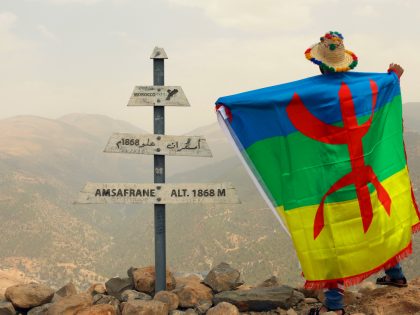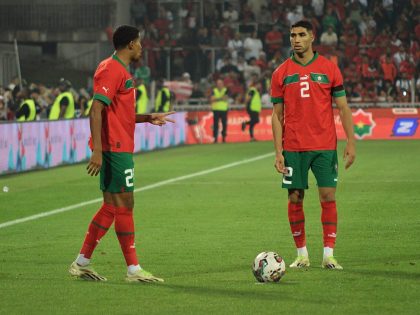There is nothing left in Alexandria
In Egypt, the revolutions of the present may, in the future, become the failed revolutions of the past.

File image.
The emigrants interviewed by Céline Condorelli about their past lives in Alexandria, Egypt, often arrived at this conclusion: “Il n’y a plus rien [There is nothing left].” Condorelli, an artist of Italian and Egyptian descent currently based in London, found that Alexandria was experienced, even in the classical age, as a city “that has been”. She sees melancholia in the architecture of a place that constantly figures in the inevitability of its destruction. This idea, she recognizes, has implications for the city’s current inhabitants. “There is always a shadow in statements like this, I wanted to look in the shadow.”
This search resulted in a constellation of materials that Condorelli exhibited as “Il n’y a plus rien,” last year at the Alexandria Contemporary Arts Forum and Manifesta 8 in Murcia in 2010.
There is something almost funny about this (over)statement; the city, the artist reflects, “hasn’t been bombarded … there hasn’t been an earthquake.” But this vision speaks to the reality experienced by those who are forced to leave the city in which they have built their lives.
Condorelli spoke to exiles who had left the country in 1956. A large population of Italians, Jews, and Greeks worked in the cotton production industry, and many immediately lost their livelihoods when it was nationalized. “They didn’t exactly have to leave violently, but became poor overnight.” The cotton exchange was also the stage for Nasser’s declaration that he had nationalized the Suez Canal Company. The cotton exchange was, with the Bourse, at the center of Alexandria’s commercial district, whose heart was Midan al-Tahrir (Liberation Square). Under the French, it was called Place des Consuls, then renamed after the Ottoman governor Mohammed Ali. Condorelli’s work attempts to recover histories of this space which have been overlaid by recent events, and examine how it is reproduced in cultural memory. She is, she says, looking for what is “embedded in the square”.
These exhibitions present found materials alongside “semi-fictional post-cards”, new footage from the city, archival research into the cotton industry, and historical research into the former revolutions. With this, the project’s interest in history as repetition becomes clear. If there is a melancholia to this work, it comes from the idea that the revolutions of the present may, in the future, become the failed revolutions of the past.
The first ‘movement’ of this project traces the journeys of ‘Egyptian’ cotton through India, Italy, and Lancashire. In the second, the painful journeys of exile, constantly looking back at the ruins of a former life, are measured against the tireless movement of trade.
- Part of this work can be seen at the Social Fabric exhibition at the Rivington Gallery in London (until March 11th) and then goes to Oslo.



















